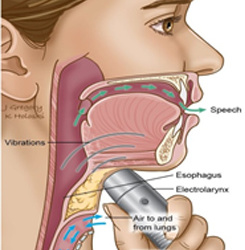Speech Group Therapy for Children

Group Therapy in Children
Group therapy is designed to help the children learn new things and practice their goals in real life. It includes therapists working with a selected number of children in groups. The groups are often designed to target precise problems and focus on improving social skills, or helping children cope with a range of challenges such as poor social interaction, low-self esteem, emotional regulation, shyness, etc.
Group therapy incorporates various forms of play into the session. It includes spontaneous play and structured play activities such as role-playing, coloring, or board games.
Group therapy is effective for children because they have a limited understanding of emotions. Guided interactions with peers can increase emotional intelligence and develop social skills that are critical developmental goals for children.
Goals of Group therapy
1. It focuses on modeling and supporting the child to help to reach their goals.
2. Support from peers and building of confidence through newfound friendships.
3. Peer communication within a realistic social setting.
4. The ability of the child to teach and learn from others.
5. Groups provide a setting in which children can learn through social interactions.
Activities for Group Therapy
Social skills help the child to relate to others to make new friends, get their needs met in different environments and cooperate. To develop social skills effectively in children, it is important that he/she understands and experiences different behaviors and their consequences. To achieve this therapist designs some activities in group therapy in a playful manner.
1. Pretend play
Pretend play is an imaginative play to help children learn social skills and practice them in real life.
Example: Playing sister and brother, Teacher and student, mummy and baby, etc.
2. Puppets and soft toys can help the child develop language and communication and also practice socially acceptable behaviors.
Example: a therapist can instruct the child to start the puppet show by introducing the characters. When a child introduces the characters, the therapist slowly engages in a conversation with each character as it is presented. For example: “Hello Tina. I like your bright red frock”.
3. Drawing allows the child to get in touch with self-thoughts and emotions.
Example: Children can be asked to imagine something and create a representation of what has made them angry or what made them happy. Finger painting, handprint, etc tends to promote emotions of joy, celebration, and happiness.
Benefits of Group Speech Therapy
1. Time Constraints
2. Peer Support/Normalization
3. Increased Awareness of Skills
4. Learning Through Teaching
5. Benefits of Perspective Taking
6. Practice with Peers/Better Generalization
Group Therapy for Communication Disorders
Group therapy helps the children generalize newly developed communication skills and it provides a more natural communication situation with more demands than a structured individual therapy session. In group therapy, the child can practice new skills through informal interaction with other children of the group, but with the constant guidance of the Therapist. Group therapy can also increase the child’s motivation to interact and communicate effectively with others including teachers, relatives, and friends.
Check out these links for relevant information : Speech therapy, Occupational therapy
For more details contact us on 📞9618906780
